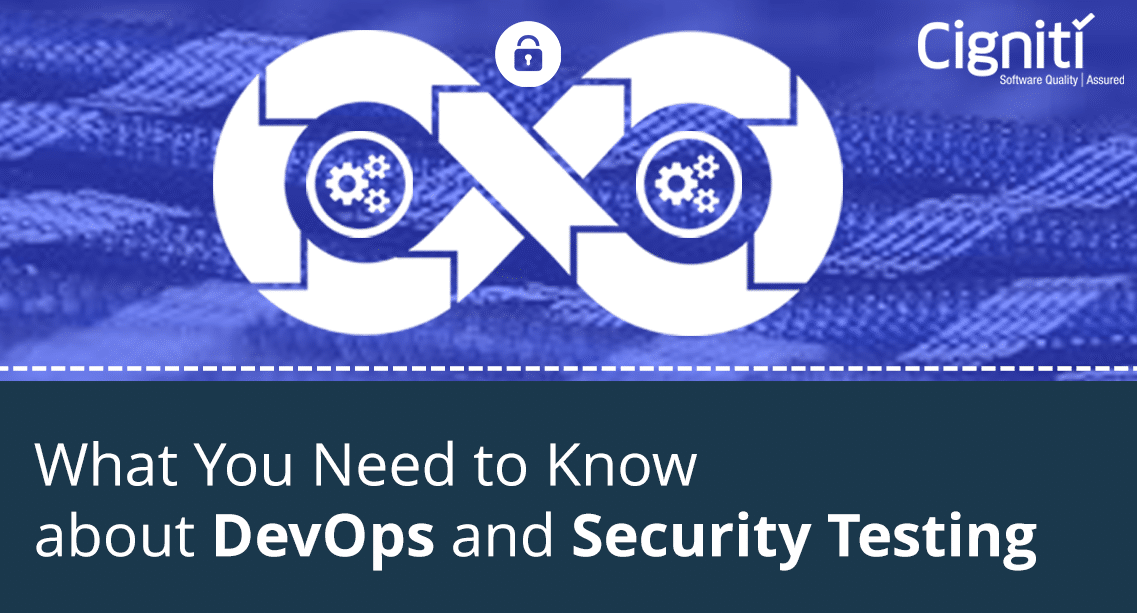Secure Your Future with IoT Security Testing
|
Listen on the go!
|
The concept of the Internet of Things (IoT) aims at connecting physical objects to the internet and allows them to provide different services to communicate among various objects. IoT aims to connect each device to provide a universal connectivity. IoT has gained significant attention in the past few years. It includes multiple domains and applications such as smart home, smart healthcare, transportation, etc. The highly dynamic nature of the IoT environment brings new challenges and diverse service requirements offered to clients.
According to Statista, the IoT devices worldwide are forecast to almost double from 15.1 billion in 2020 to more than 29 billion IoT devices in 2030.
IoT is an era of “Smart”, connected products that communicate and transfer tremendous amounts of data and upload it to the cloud. Amid the demand for enhanced services and rapid expansion, accessing, creating, and sharing data globally across devices becomes imperative for greater control in our interconnected world. To ensure the integrity of this data-driven ecosystem, implementing IoT Security Testing is vital, fortifying systems against vulnerabilities and safeguarding the seamless flow of information.
As the indispensability of these devices grows, so does the imperative to fortify them against evolving threats. With an increasing influx of potentially vulnerable devices entering the market, the urgency to conduct IoT Penetration Testing becomes paramount. Failure to implement proper security measures poses a heightened risk to our data and systems in an environment rife with diverse and sophisticated vulnerabilities.
IoT is not just software but an entire hardware, software, web, and mobile interface system. This ecosystem is not very mature, and there are still major concerns around IoT adoption, primarily due to security threats. Security requirements in the IoT environment are not different from any other systems. Mobiles and laptops have dozens of software security solutions to protect them from attacks, but similar security solutions are rarely present to protect the rest of the Internet of Things, due to which security breaches are bound to happen.
The struggle is most of the customers pay for products or services that have an explicit value and reason to purchase; complimentary features like security and privacy are not on the top priority list of their wants, and as a result, businesses don’t put much effort into these aspects of their product. Customers don’t perceive any value in carrying out the extra burden of cost on security features in lieu of primary functionality.
Vulnerabilities in IoT
Vulnerabilities have already been identified in industries like automotive and healthcare, with specific instances where data manipulation or theft can occur. Examples include attacks on home automation systems and taking control of heating systems, air conditioning, lighting, and physical security systems.
Most hackers can access public and private webcams worldwide by hacking into remote web cameras using advanced tools. Malicious hackers can also gain access to medical equipment to speed patients’ heart rates up or down or alter the amount of antibiotics provided to the patients by modifying the drug infusion pumps.
Security experts Chris Valasek and Charlie Miller grabbed headlines with their research on the vulnerability of connected cars when they hacked into a Toyota Prius and a Ford Escape using a laptop plugged into the vehicle’s diagnostic port.
Once a vulnerability is discovered, all the connected devices can be hijacked and potentially open their entire network to view and attack. A good example is Botnets like Mirai, Reaper, IoTroop etc.
The escalating menace of botnets poses a significant threat to modern security systems, as cybercriminals increasingly favor their versatile capability to infiltrate virtually any internet-connected device. Botnets can ensnare many devices, from PCs and laptops to mobile phones, smartwatches, and even smart kitchen appliances. These malicious networks, crafted to infect millions of devices concurrently, easily exploit unsecured systems. Implementing IoT Penetration Testing becomes crucial in fortifying defenses against autonomous bots that exploit vulnerabilities across interconnected devices through the internet.
Hence, with the growing challenges of IoT devices, organizations should view security as a critical business consideration and work to improve their security attitude at every possible level. By incrementally improving cyber security testing in IoT, organizations can effectively curb their risk of falling victim to cyber disasters. In fact, an organization should understand the risk and security requirements and decide how much security they want and how much they want to spend to build a robust system.
End-to-end testing of IoT device security testing will ensure higher consistency, integrity, and scalability and provide a rich experience.
Addressing Security From Initial Design To Operational Level
Security must be addressed throughout the device lifecycle, from the initial design to the operational level:
Secure Booting
When the power is supplied to a device, the integrity of the software on the device is verified through a digital signature along with the software authorization to run on that device and signed by the entity that authorized it.
Secure Access Control
Device-based access control mechanisms are like network-based access control systems like Microsoft Active Directory. If someone hacks into a network using corporate credentials, the compromised information would be limited to the areas authorized by those credentials.
The principle of least privilege dictates that only the minimal access required to perform a function should be authorized to minimize the effectiveness of any security breach.
Device Authentication
It is necessary to authenticate a device when plugged into a network, before receiving or transmitting data.
Firewalls
The device needs a firewall inspection capability to control traffic and filter specific data destined to terminate the device in a way that optimizes the limited computational resources available.
Updates and Patches
Security patches and Software updates must be delivered considering the conservation of network bandwidth and the connectivity of embedded devices.
For the seamless operation of IoT devices, it is critical to have robust Security at both the device and network levels. This does not require a revolutionary approach but rather a progression of measures that have proven successful in IT networks adapted to the challenges of IoT and to the constraints of connected devices.
To optimize IT security controls in today’s interconnected world and deliver complex applications driving IoT, security testing is the only discipline that helps organizations identify where they are vulnerable and take corrective measures to prevent and rectify the gaps.
Common Approaches of Security Testing
Static Application Security Testing (SAST)
SAST, or White-Box Testing, is used to analyze the source code of applications to check for any security vulnerabilities. SAST solutions look at the application ‘from the inside-out’, without code compilation. Gartner states that “SAST should be a mandatory requirement for all organizations developing applications.” With 80% of attacks aimed at the application layer, according to Gartner, SAST is one of the top ways to ensure your application security is sound.
When security testing isn’t run throughout the SDLC, there’s a higher risk of allowing vulnerabilities to get through to the released application, increasing the chance of allowing hackers through the application.
Dynamic Application Security Testing (DAST)
DAST refers to testing the applications from the outside in. It involves checking the applications in their running state and trying to break them to discover security vulnerabilities.
An approach that utilizes both SAST and DAST yields the most comprehensive testing.
Cigniti’s Security testing services address IoT security challenges faced by enterprises. With key focus on areas of static and dynamic testing such as Network security, Mobile application security, Cloud application security, and Source code review, our 5-step security test lifecycle makes your IoT applications secure.
Cigniti has immense experience in serving clients across different industry verticals and organization sizes. Our Web application penetration testing uncovers vulnerabilities in applications and ensures the application risks are minimized. In addition, our code analyzers ensure your software code is benchmarked for increased quality assurance.
Cigniti’s key differentiators include:
- Certified Ethical Hackers
- Provide hacker’s eye view
- Finding zero-day vulnerabilities
- Domain specific/Business logic tests
- Expertise in intrusive tests (DoS, DDoS, etc.)
- Manual verification to eliminate false positives
- Recognized by Fortune 500 companies for helping secure their products
Conclusion
IoT devices have great potential to make our lives easier. However, if the security issues are not considered and addressed, the devices could lead to much more trouble than they are worth. Cigniti has a dedicated Security Testing Centre of Excellence (TCoE) that has developed methodologies, processes, templates, checklists, and guidelines for web applications, software products, networks, and the cloud.
Connect with our dedicated team of security testing specialists with deep domain expertise in cyber security assurance spanning multiple domains/industries cutting-edge technological resources/tools.




Comments (2)
Thanks for sharing the excellent post. The approaches of Security Testing you mentioned is really resourceful.
Thanks for the resourceful article.